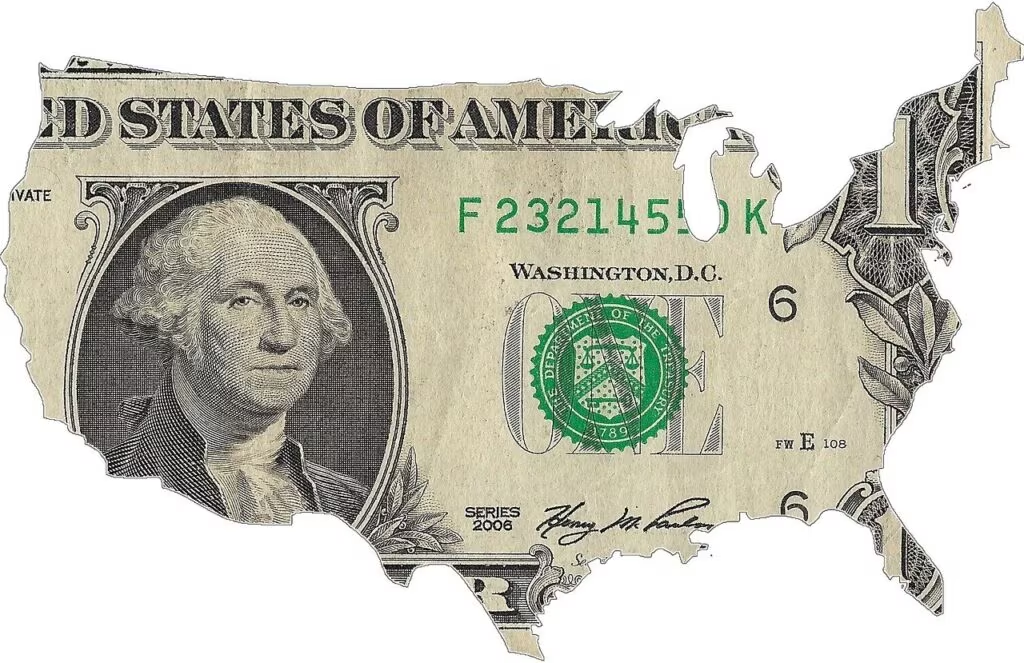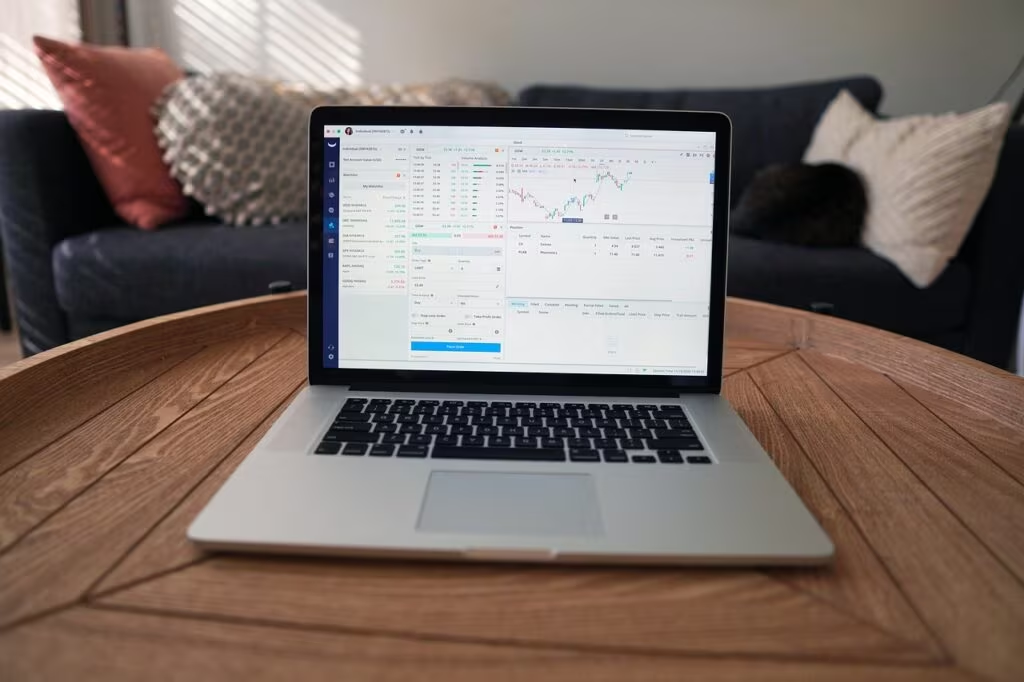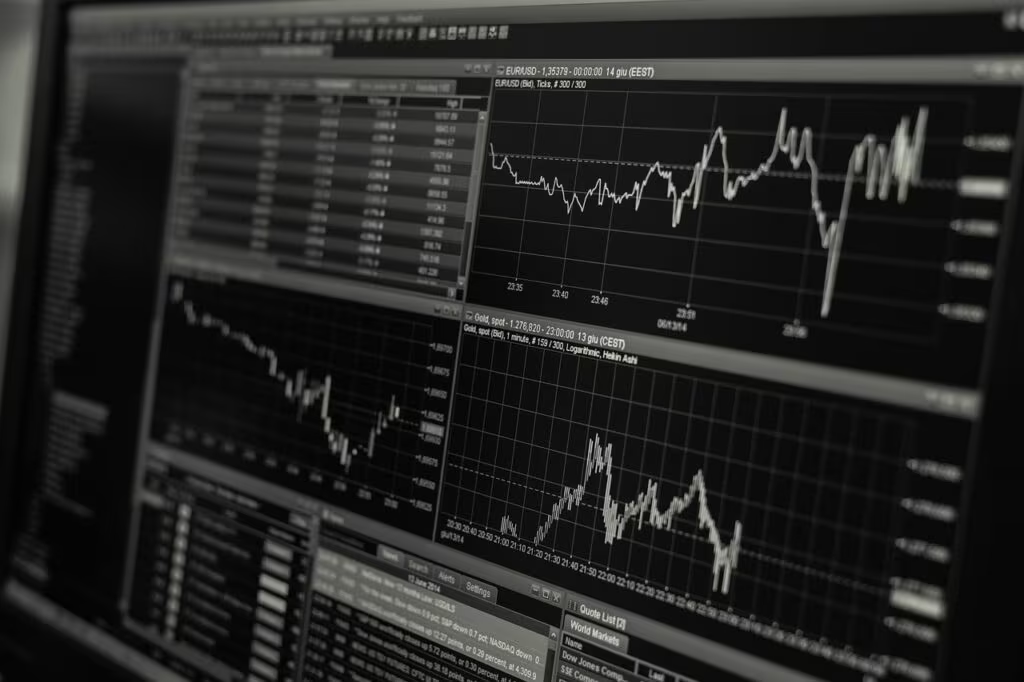The High-Stakes Debate Over Rate Normalization
The Federal Reserve’s Federal Open Market Committee (FOMC) is facing a sharp internal division regarding the timing of the first interest rate cut in the current economic cycle, with the upcoming December meeting emerging as a critical inflection point. This intense debate is fueled by a flood of recent economic data that sends conflicting signals about the health of the U.S. economy, forcing policymakers to weigh the risks of persistent inflation against the threat of a rapidly cooling labor market.
For investors, businesses, and consumers alike, the December decision carries immense weight, as it will determine the trajectory of borrowing costs and the Fed’s commitment to its dual mandate of achieving maximum employment and maintaining price stability.

The Core Conflict: Hawks vs. Doves
The division within the Fed can be broadly categorized into two camps—the inflation hawks and the employment doves—each prioritizing one side of the dual mandate based on their interpretation of the latest economic indicators.
The Inflation Hawks: Caution on Price Stability
Hawks argue that while inflation has moderated from its peak, it remains stubbornly above the Fed’s 2% target. They point to sticky components, particularly in the services sector, and warn that easing monetary policy prematurely could reignite inflationary pressures, necessitating even more aggressive tightening later. Their primary concerns are:
- Persistent Core Inflation: Key measures like the core Personal Consumption Expenditures (PCE) index, the Fed’s preferred inflation gauge, are still elevated, suggesting underlying price pressures have not fully dissipated.
- Wage Growth: Although slowing, wage growth remains robust in certain sectors, potentially feeding back into higher prices through increased business costs.
- Historical Precedent: They cite historical examples where central banks eased too early, leading to a costly second wave of inflation.
The Employment Doves: Focus on Economic Slowdown
Doves, conversely, believe the cumulative effect of past rate hikes is beginning to bite hard, particularly in the labor market. They advocate for a preemptive cut in December to avoid pushing the economy into an unnecessary recession. Their arguments center on evidence of economic deceleration:
- Cooling Job Market: Data showing a deceleration in job creation, rising unemployment claims, and a softening in the Job Openings and Labor Turnover Survey (JOLTS) suggest the labor market is losing steam faster than anticipated.
- Lagging Indicators: They argue that monetary policy operates with a significant lag, meaning the full impact of past hikes has yet to be felt. Waiting too long risks overshooting the goal and causing widespread job losses.
- Real Interest Rates: With inflation moderating, real (inflation-adjusted) interest rates are effectively rising, making current policy even more restrictive than headline rates suggest.
The Data Driving the Divide
The recent influx of economic reports has done little to unify the FOMC, instead providing ammunition for both sides of the debate. The key data points under intense scrutiny include:
| Economic Indicator | Hawk Interpretation (Pro-Hold) | Dove Interpretation (Pro-Cut) |
|---|---|---|
| Unemployment Rate | Still historically low, indicating labor market strength and capacity for further tightening. | Rising steadily, signaling a dangerous trend toward recessionary levels. |
| Core PCE Index | Above 2% target, proving inflation is not yet defeated and requires continued vigilance. | Trend is downward, suggesting policy is working and the focus should shift to growth. |
| Retail Sales | Holding up better than expected, suggesting consumer demand is still robust enough to fuel price increases. | Weakening month-over-month, indicating consumer fatigue and potential demand destruction. |
| Manufacturing PMI | Showing signs of stabilization, suggesting the industrial sector can absorb current rates. | Remaining in contraction territory, requiring lower rates to stimulate investment. |

The Labor Market Conundrum
Recent labor data has been particularly influential in shifting the debate. While the headline unemployment rate remains relatively low, metrics related to the quality and momentum of job growth have softened. For instance, the number of job openings has decreased significantly, and the average workweek has shortened. These subtle shifts are often seen as leading indicators of a broader economic slowdown, bolstering the doves’ argument for a December pivot.
The Inflation Stickiness
Conversely, inflation data, particularly the non-shelter services component, continues to defy rapid decline. This segment is heavily influenced by wage costs, making it difficult for the Fed to achieve its 2% target without further cooling the labor market—the very outcome the doves are trying to avoid.
“The data is undeniably mixed. We have seen significant progress on inflation, but the last mile is proving to be the hardest. Simultaneously, we must be acutely aware of the risk of overtightening and causing undue hardship in the employment sector.”
— A Senior Fed Official, commenting on the current policy dilemma.
Implications for 2025 and Market Expectations
The outcome of the December debate will set the stage for the entire 2025 financial landscape. Market participants are currently pricing in a high probability of rate cuts beginning in the first half of 2025, but the exact timing hinges on whether the Fed prioritizes the fight against inflation (a hawkish hold) or the protection of employment (a dovish cut).
Market Volatility
This internal disagreement contributes directly to market volatility. Every speech by an FOMC member, every jobs report, and every inflation reading is scrutinized for clues regarding the December decision. A surprise hawkish stance could lead to a sharp sell-off in risk assets and an appreciation of the dollar, while a dovish signal would likely boost equities and potentially weaken the dollar.
Business Investment and Planning
For businesses, the uncertainty over the cost of capital makes long-term planning difficult. A December cut would signal lower borrowing costs for mortgages, corporate loans, and capital expenditures, potentially unlocking delayed investment projects. A continued hold, however, forces companies to maintain conservative financial strategies.

Key Takeaways
The debate over a December rate cut encapsulates the fundamental tension facing the Federal Reserve as it attempts to navigate the final phase of its inflation fight:
- Sharp Division: The FOMC is split between hawks (focused on persistent inflation) and doves (focused on the cooling labor market).
- Conflicting Data: Recent economic reports provide evidence for both sides, making the policy path highly uncertain.
- Dual Mandate Tension: The decision requires the Fed to choose which risk—re-accelerating inflation or recession—is currently greater.
- Market Impact: The December outcome will define the trajectory of interest rates and market expectations for the entirety of 2025.
Conclusion
The upcoming December meeting is less about a simple rate adjustment and more about the Fed signaling its priority for the year ahead. With inflation still above target and employment indicators flashing caution signs, the decision will be a finely balanced judgment call based on the most recent data. Regardless of the outcome, the intense debate underscores that the era of aggressive monetary tightening is drawing to a close, but the path to economic normalization remains fraught with internal disagreement and external uncertainty.
Original author: Polo Rocha
Originally published: November 21, 2025
Editorial note: Our team reviewed and enhanced this coverage with AI-assisted tools and human editing to add helpful context while preserving verified facts and quotations from the original source.
We encourage you to consult the publisher above for the complete report and to reach out if you spot inaccuracies or compliance concerns.

